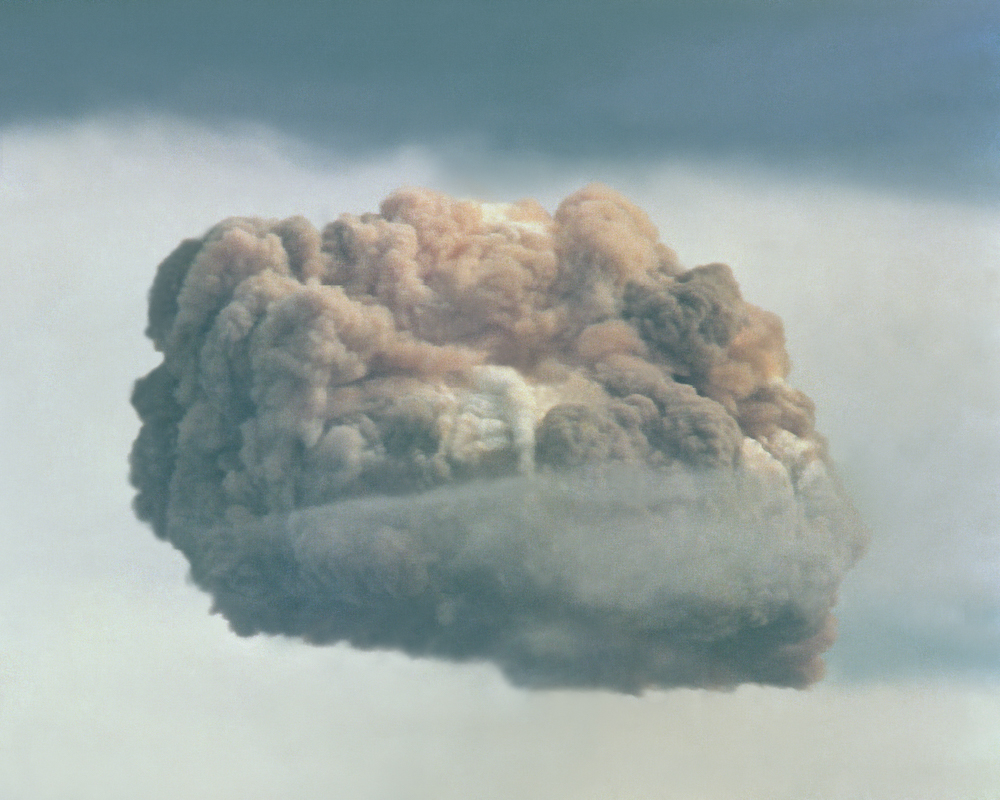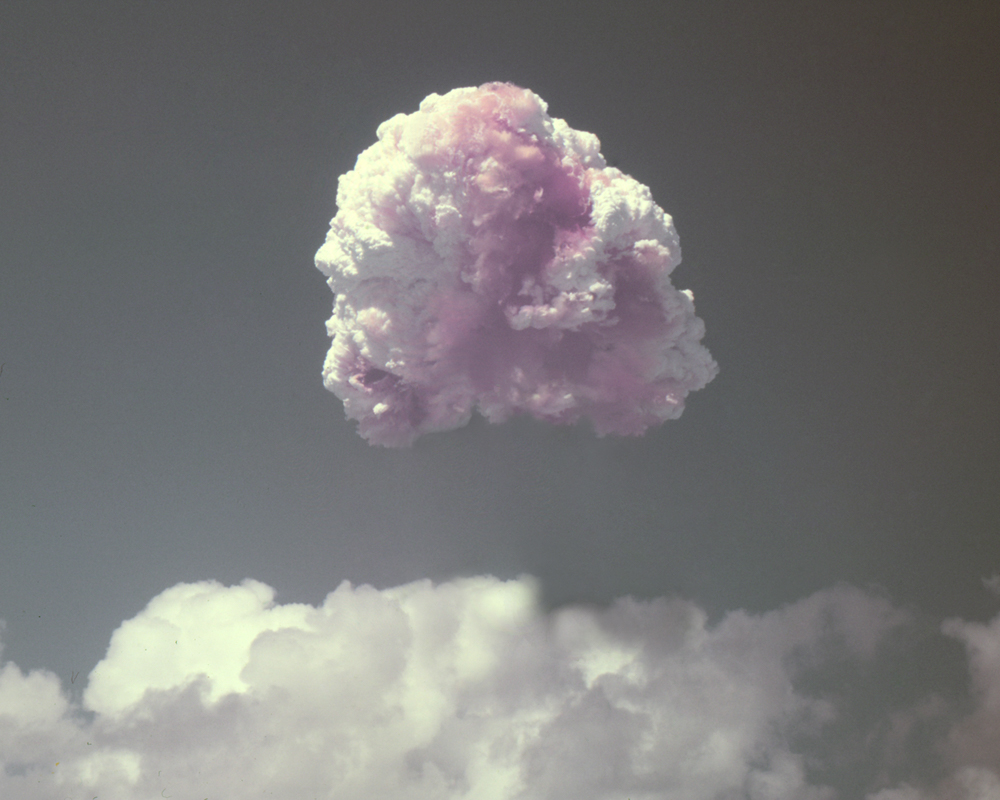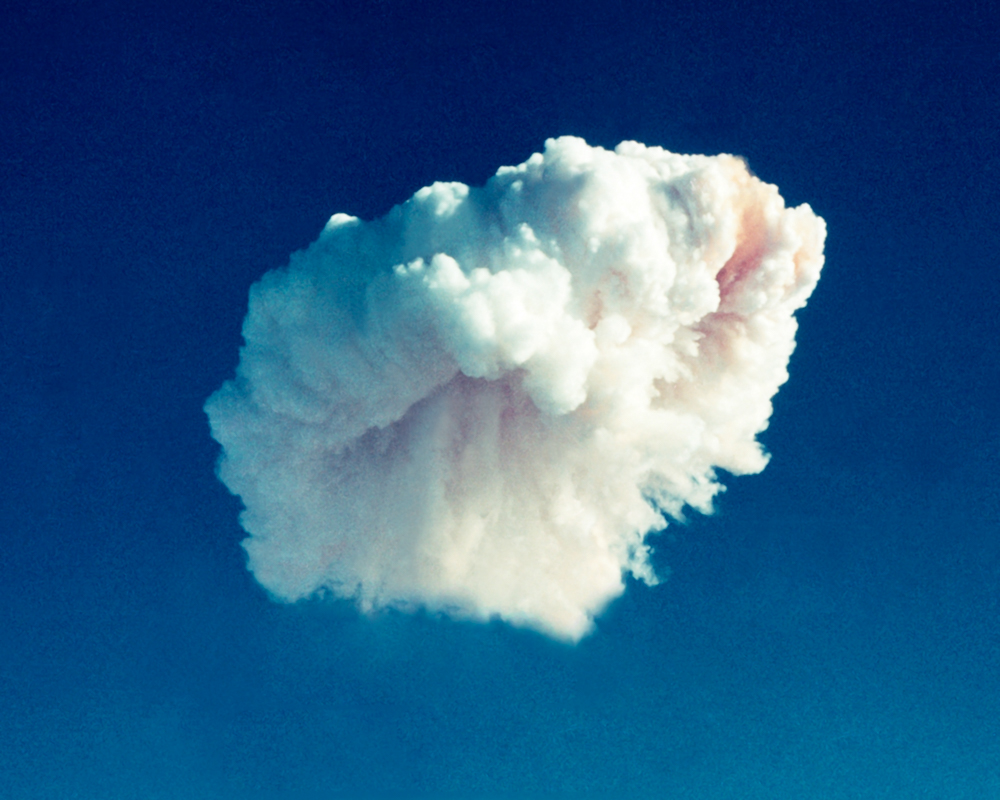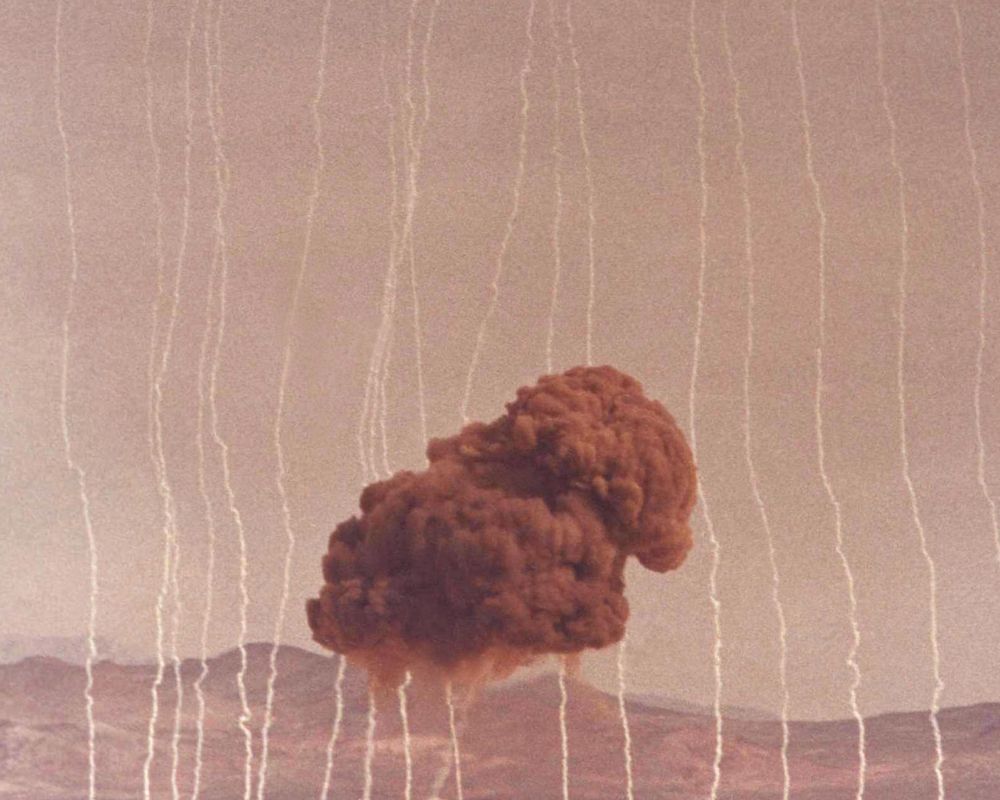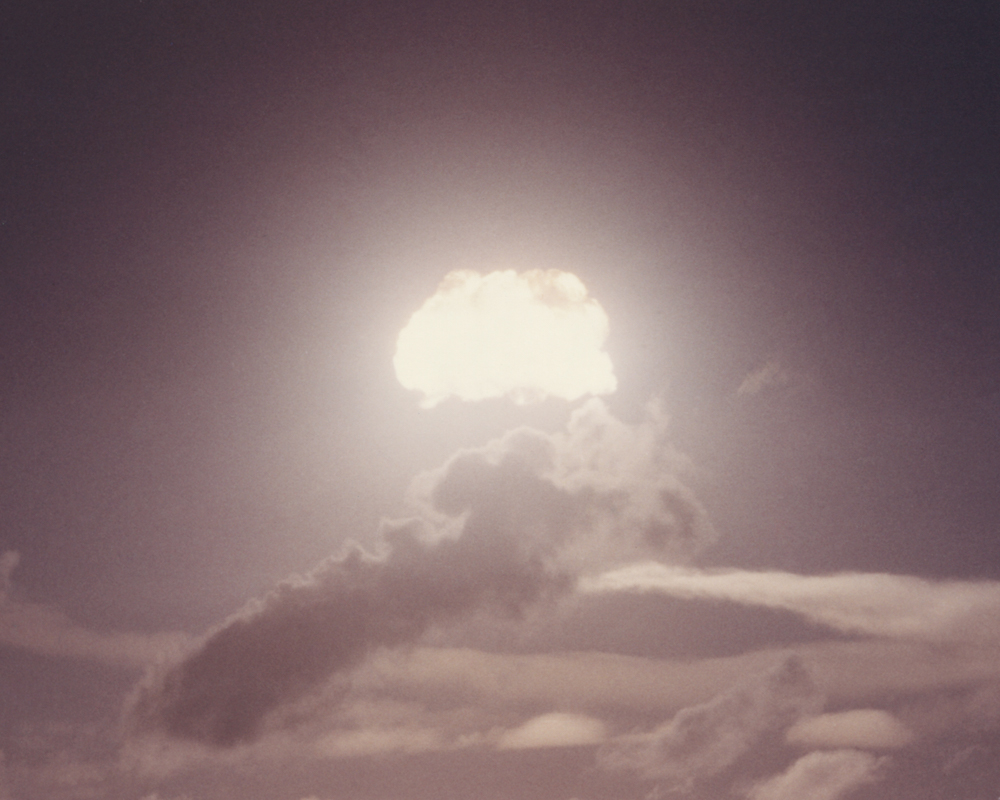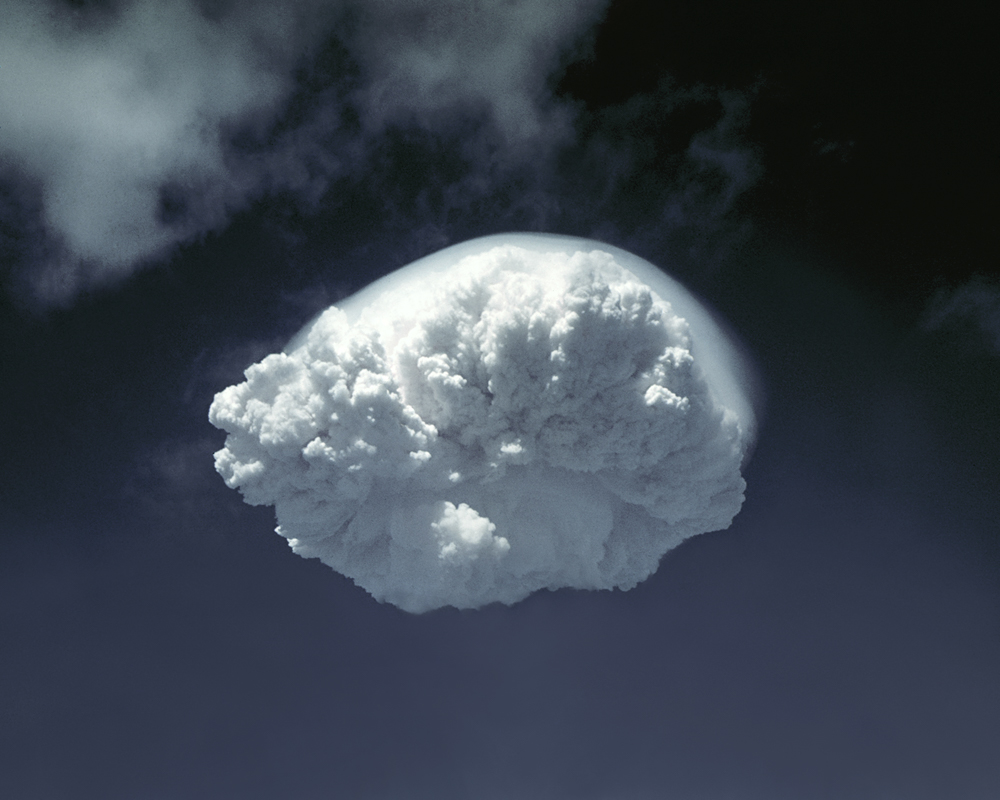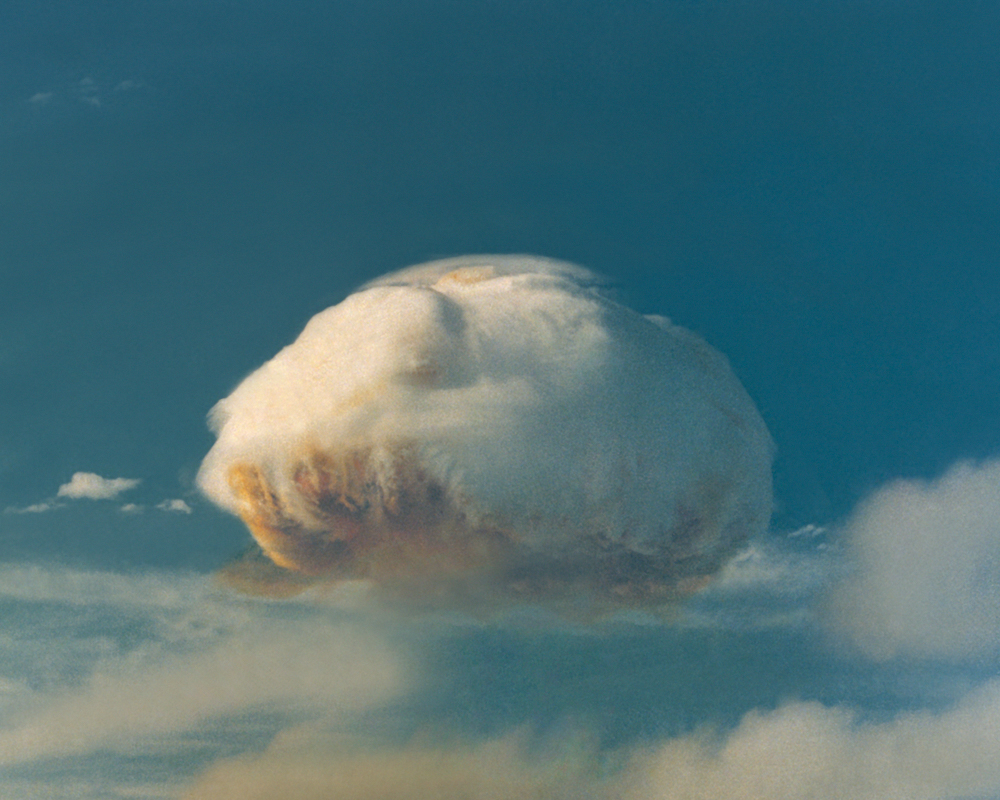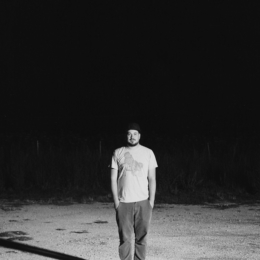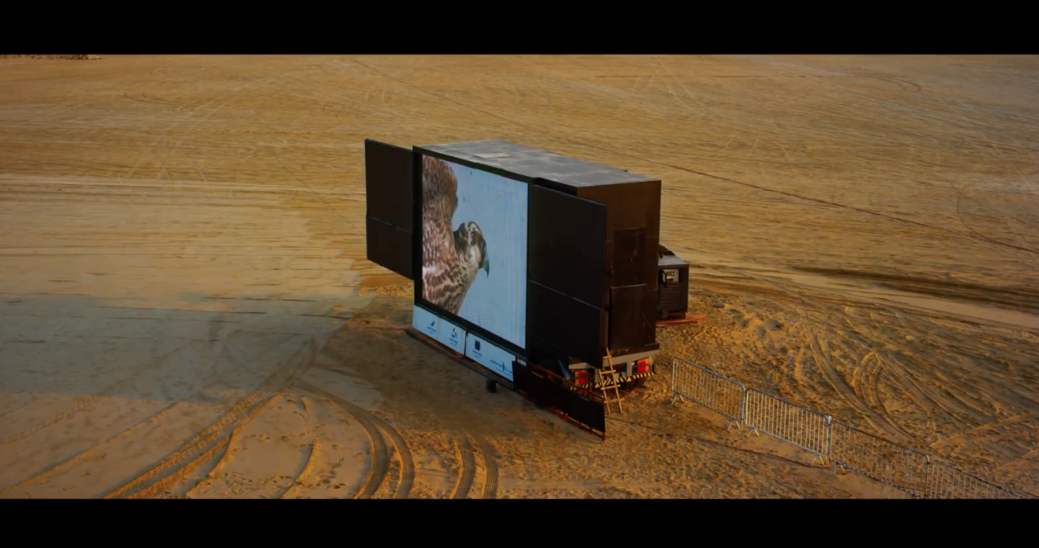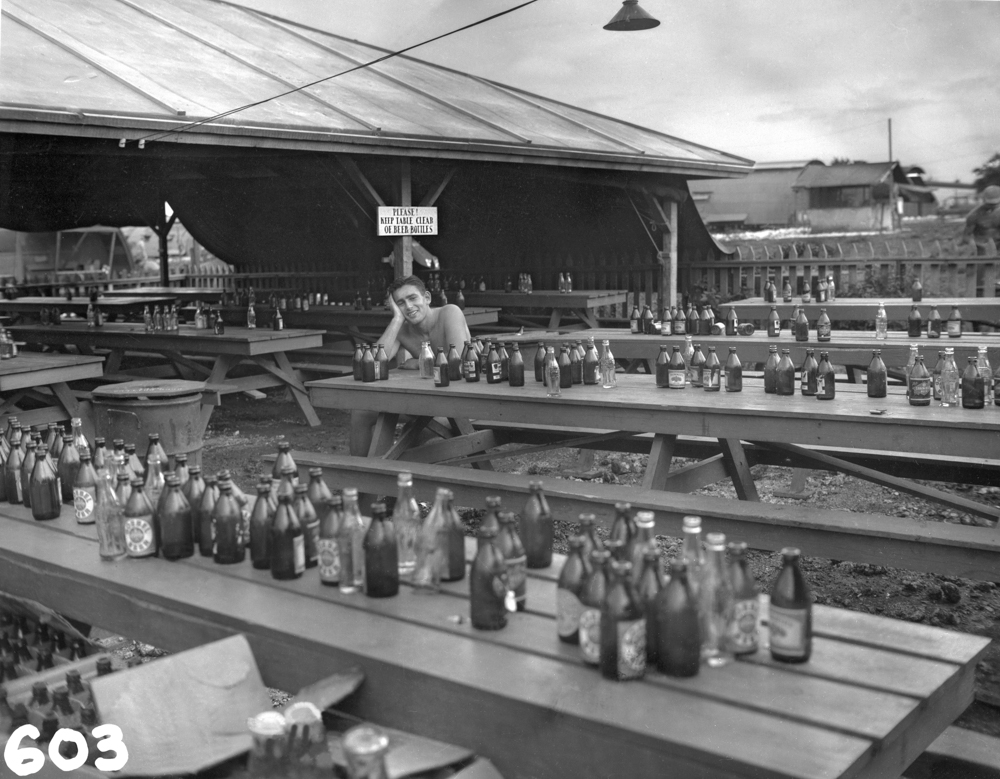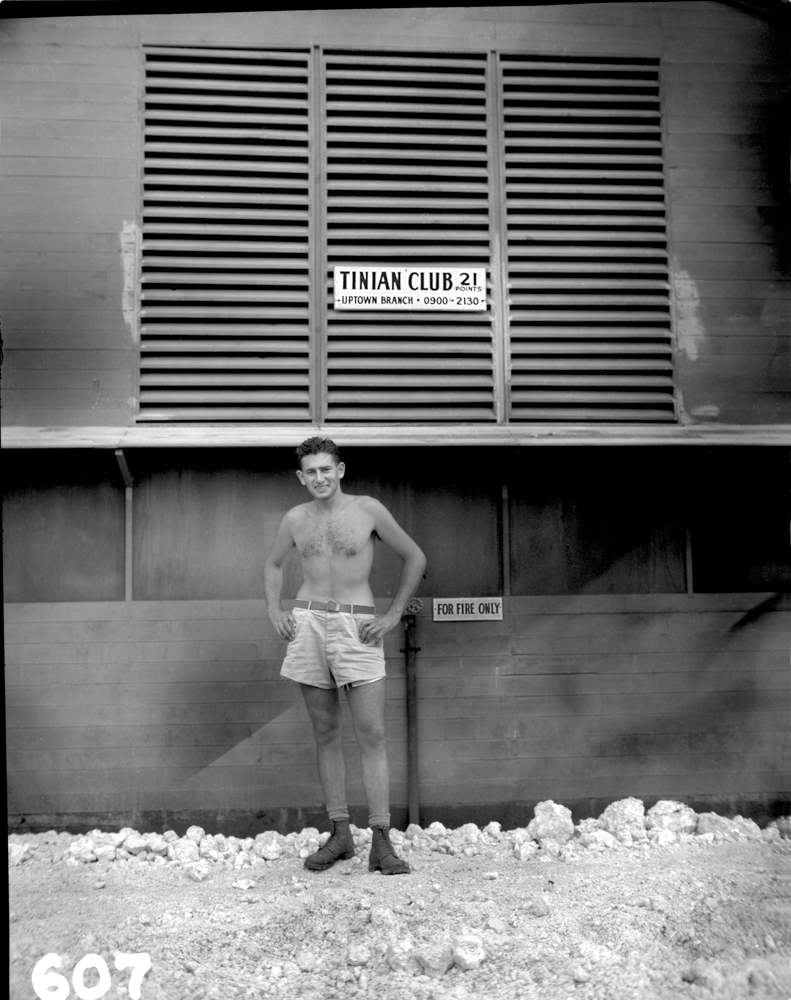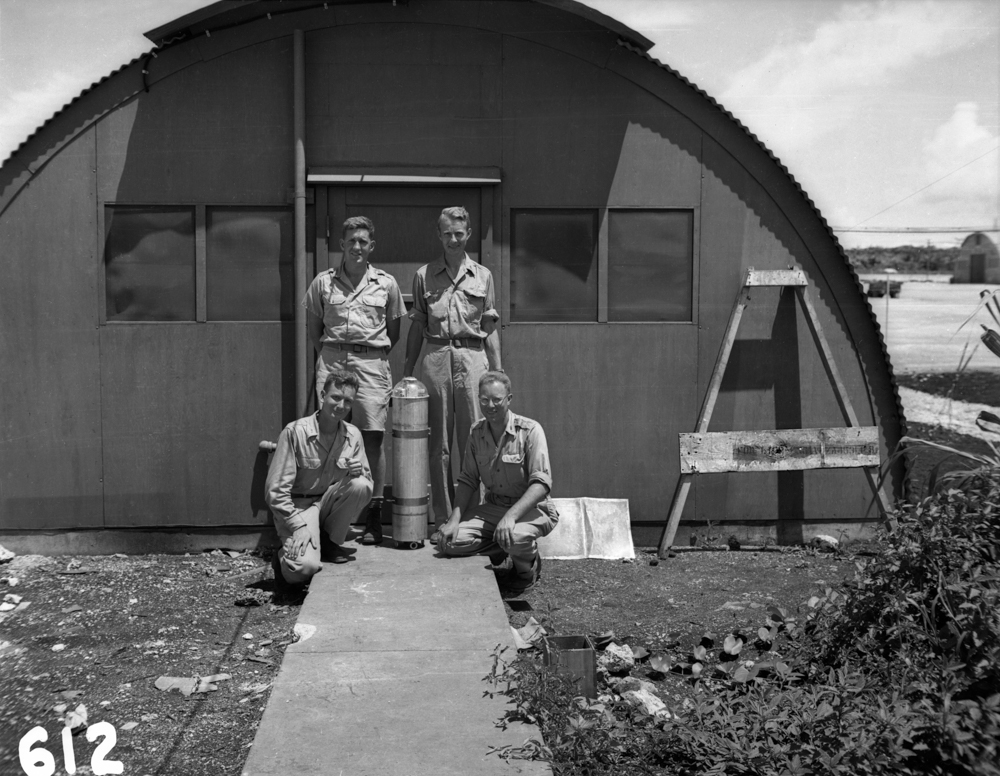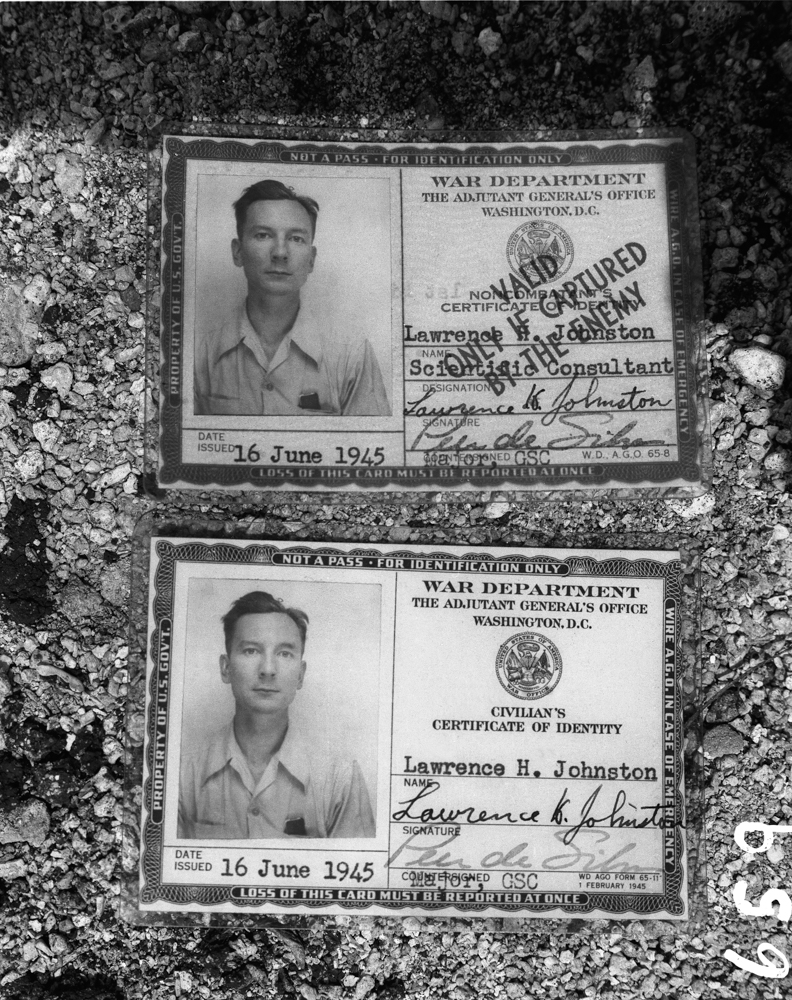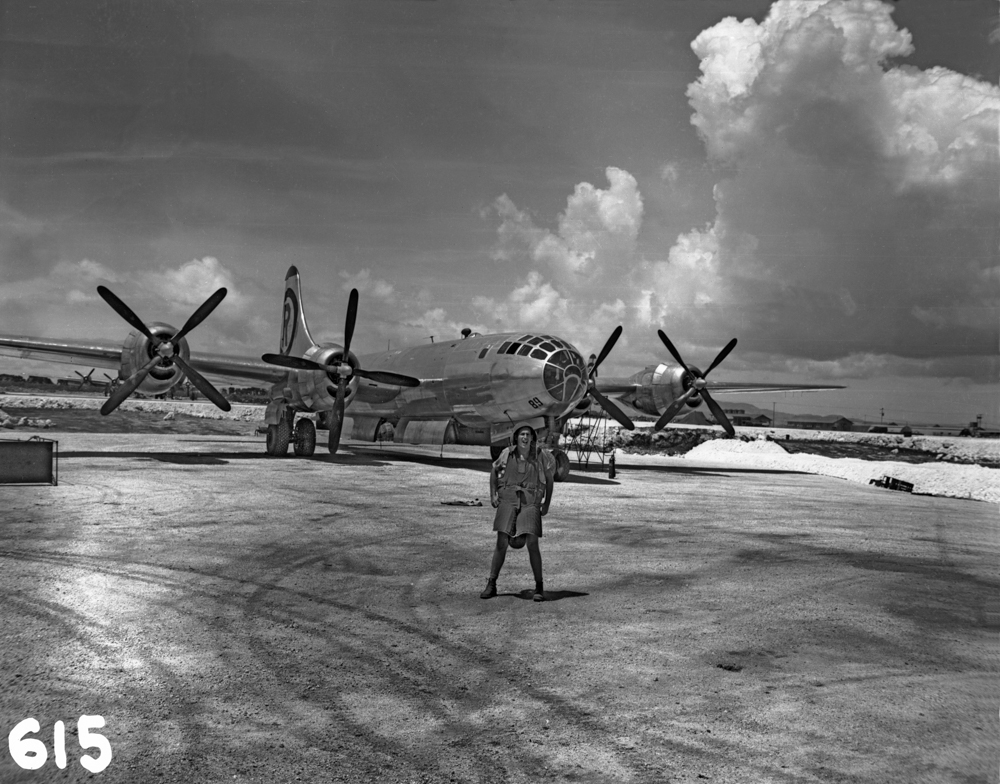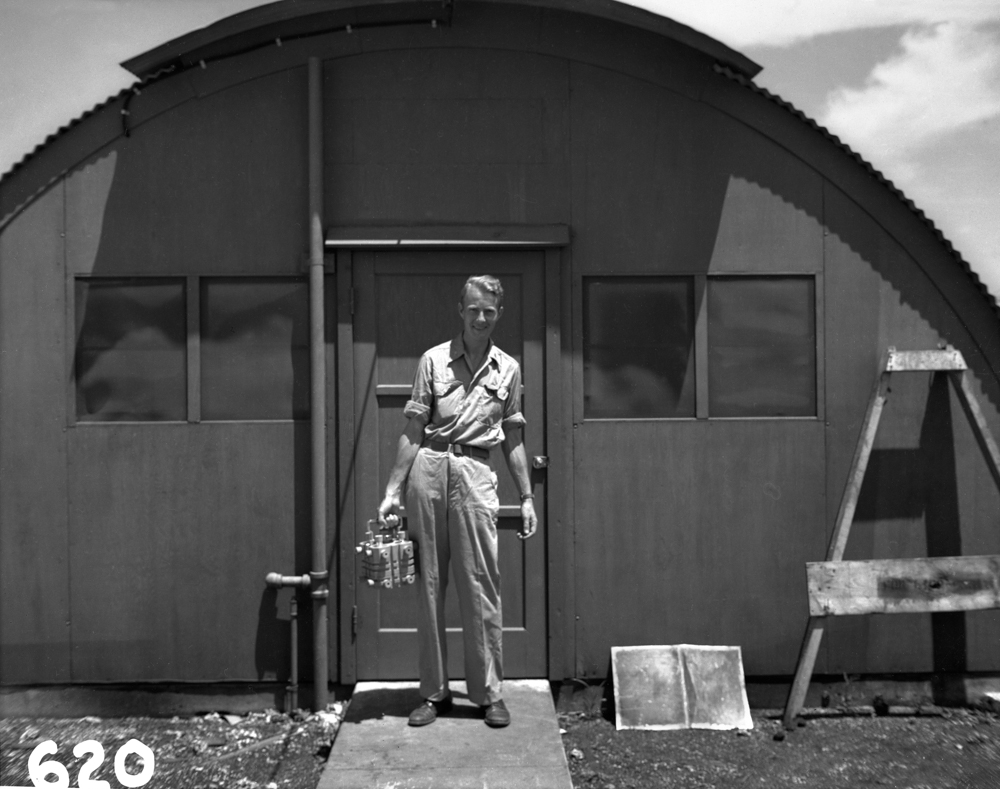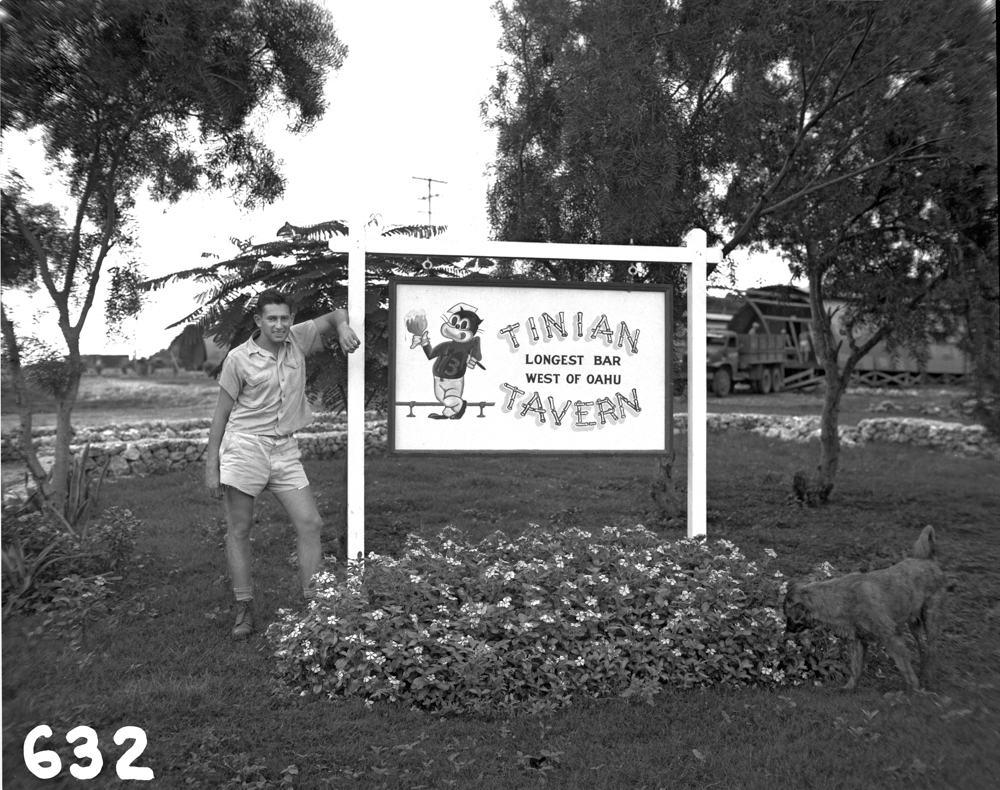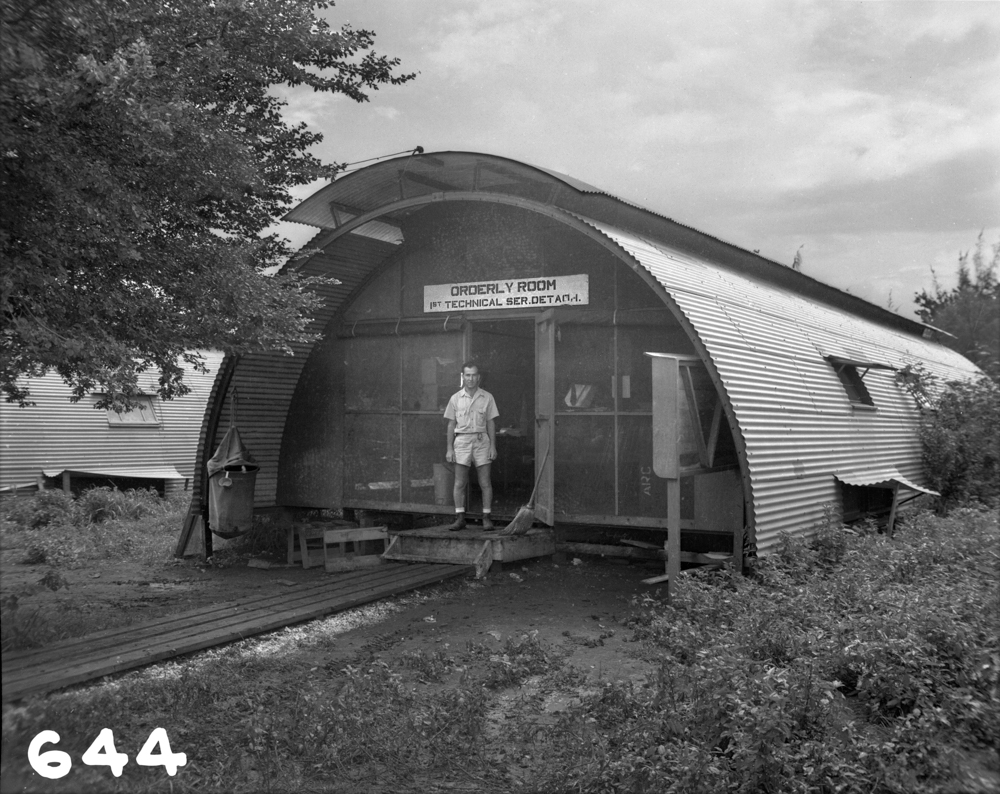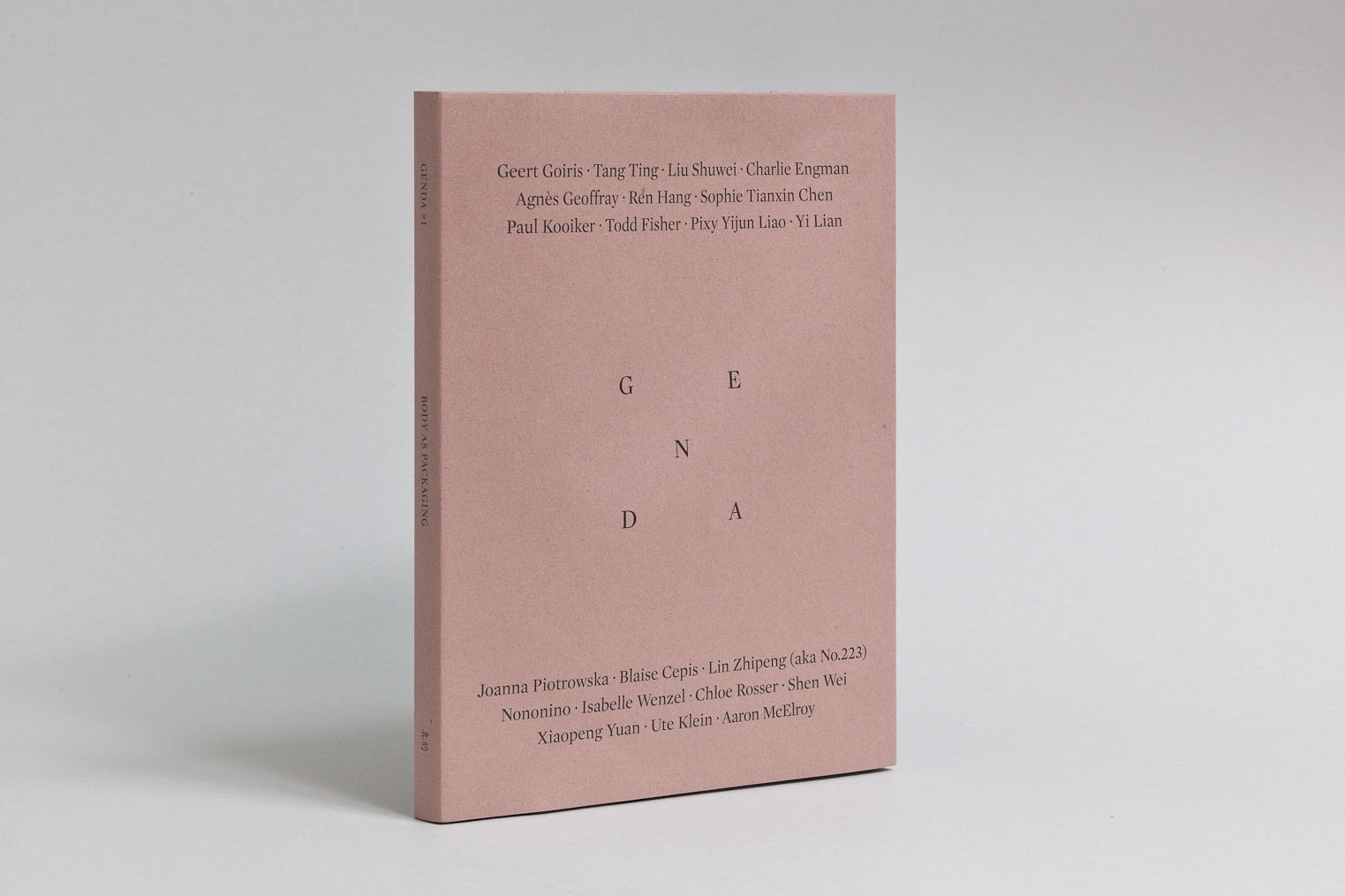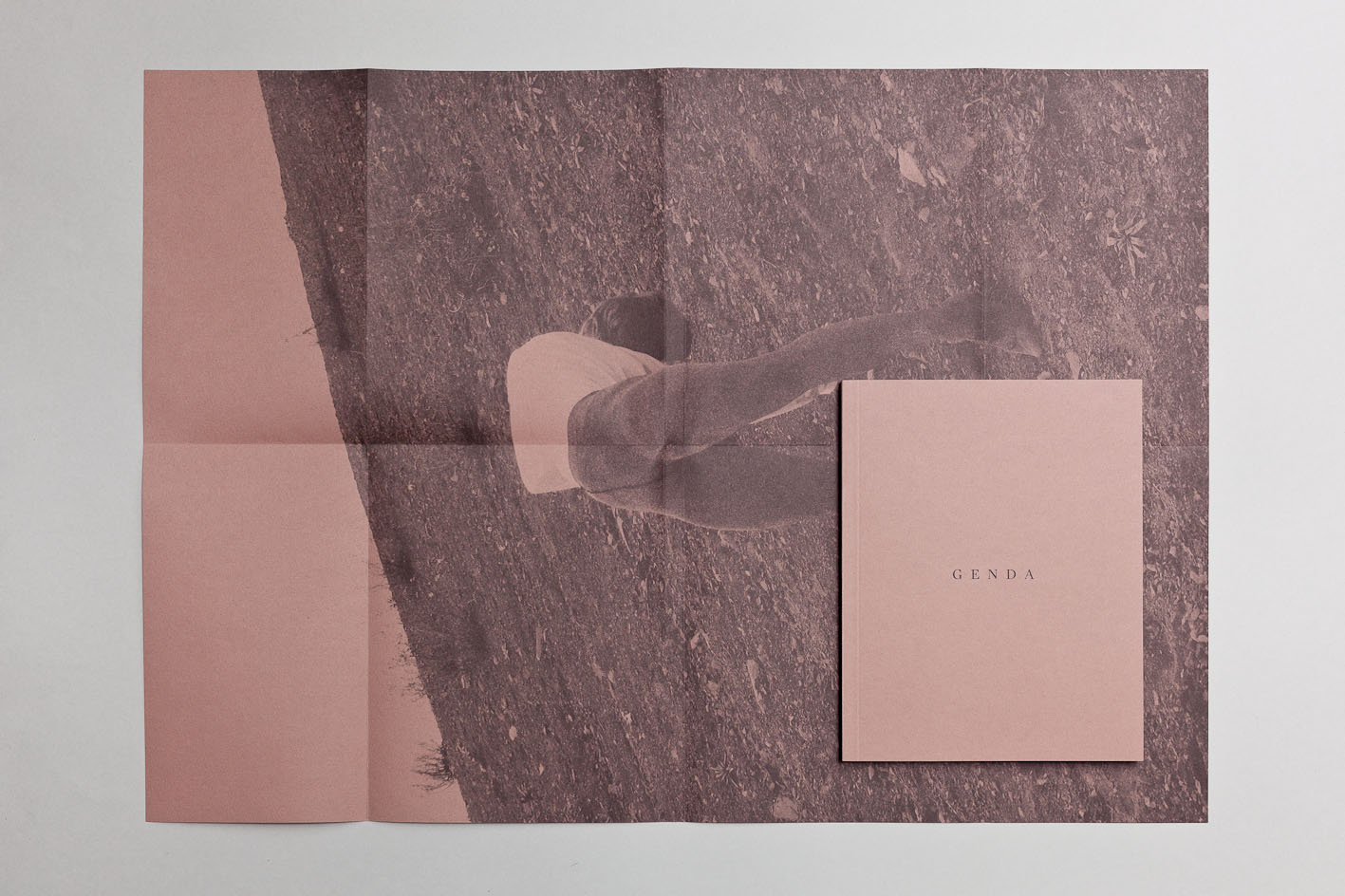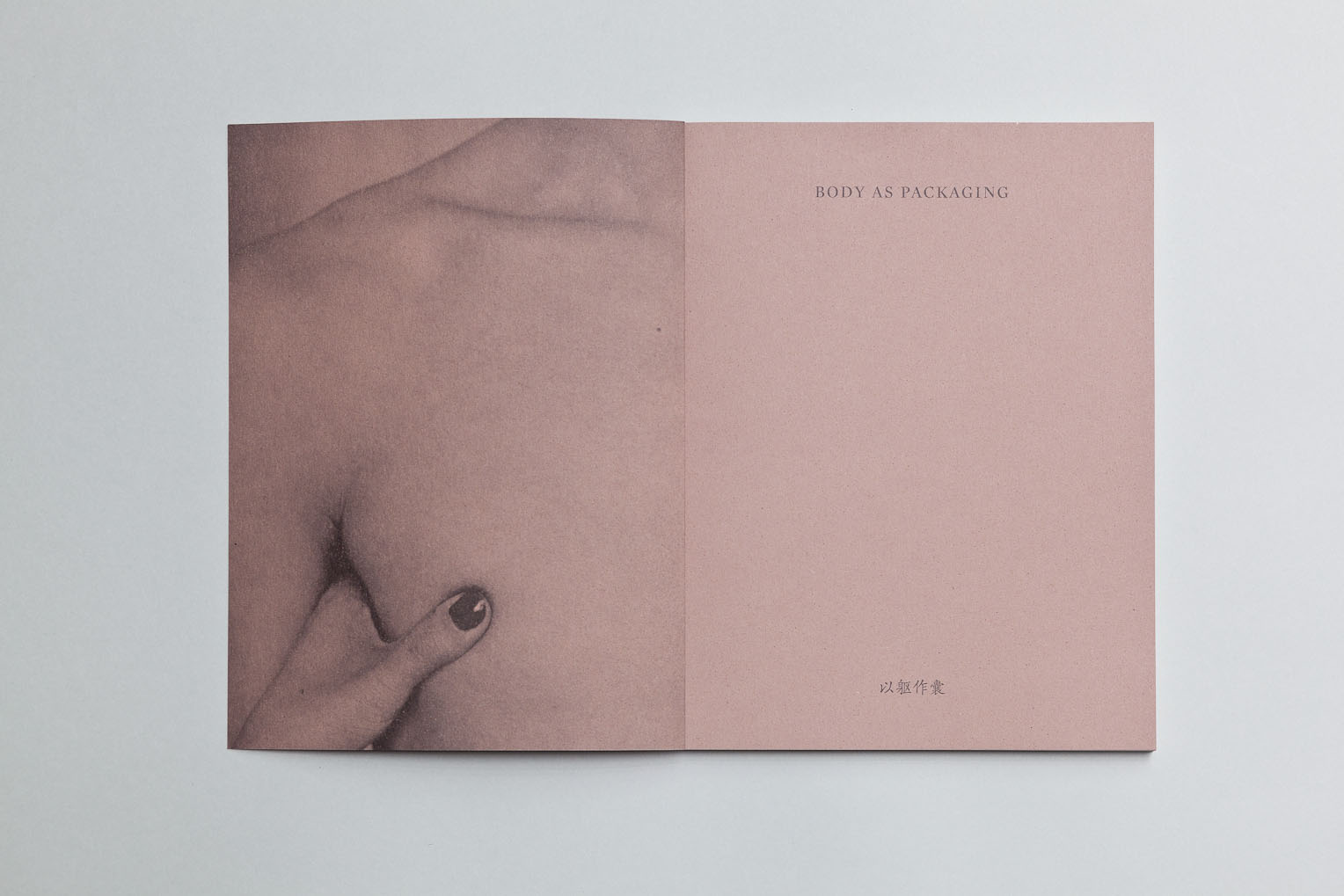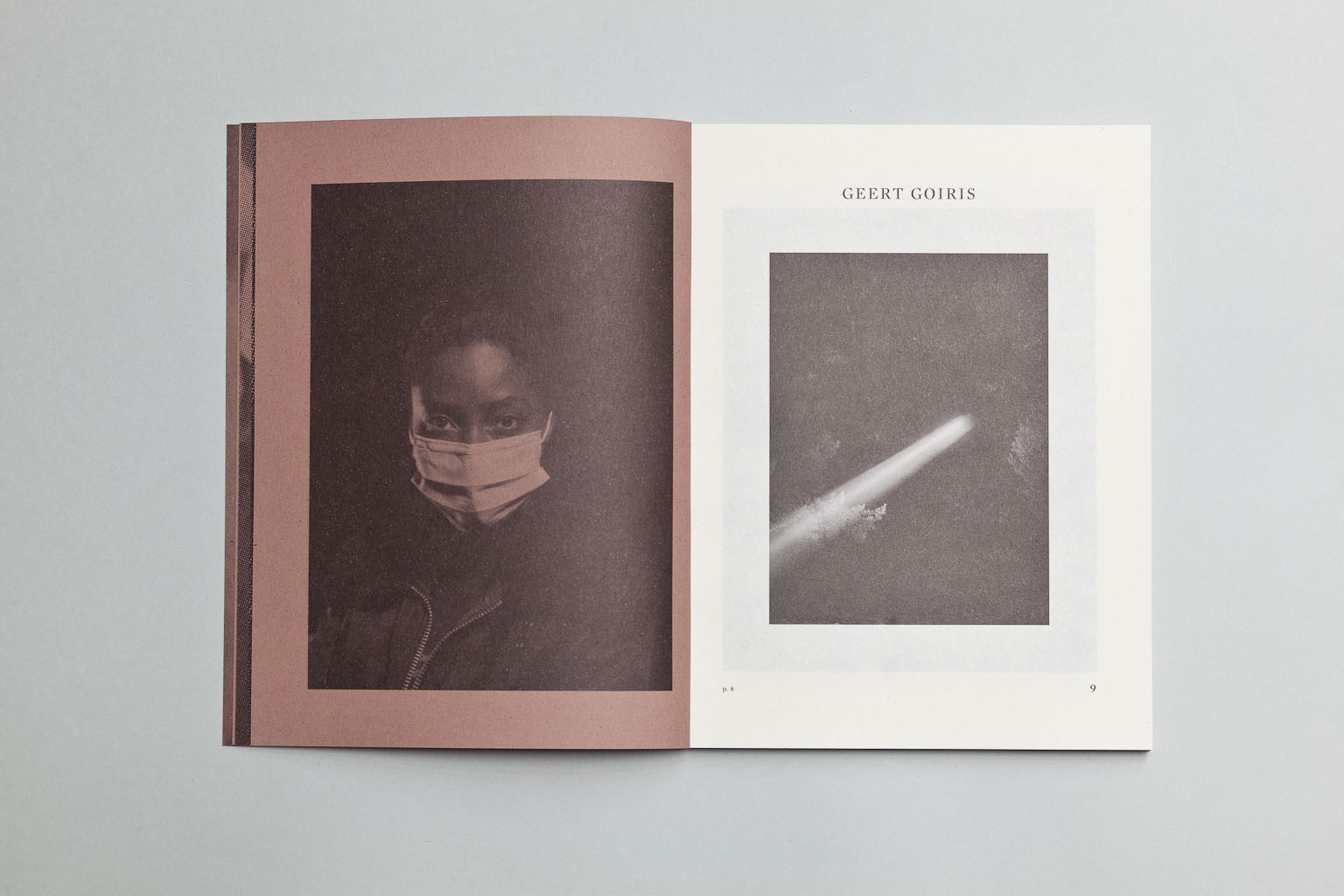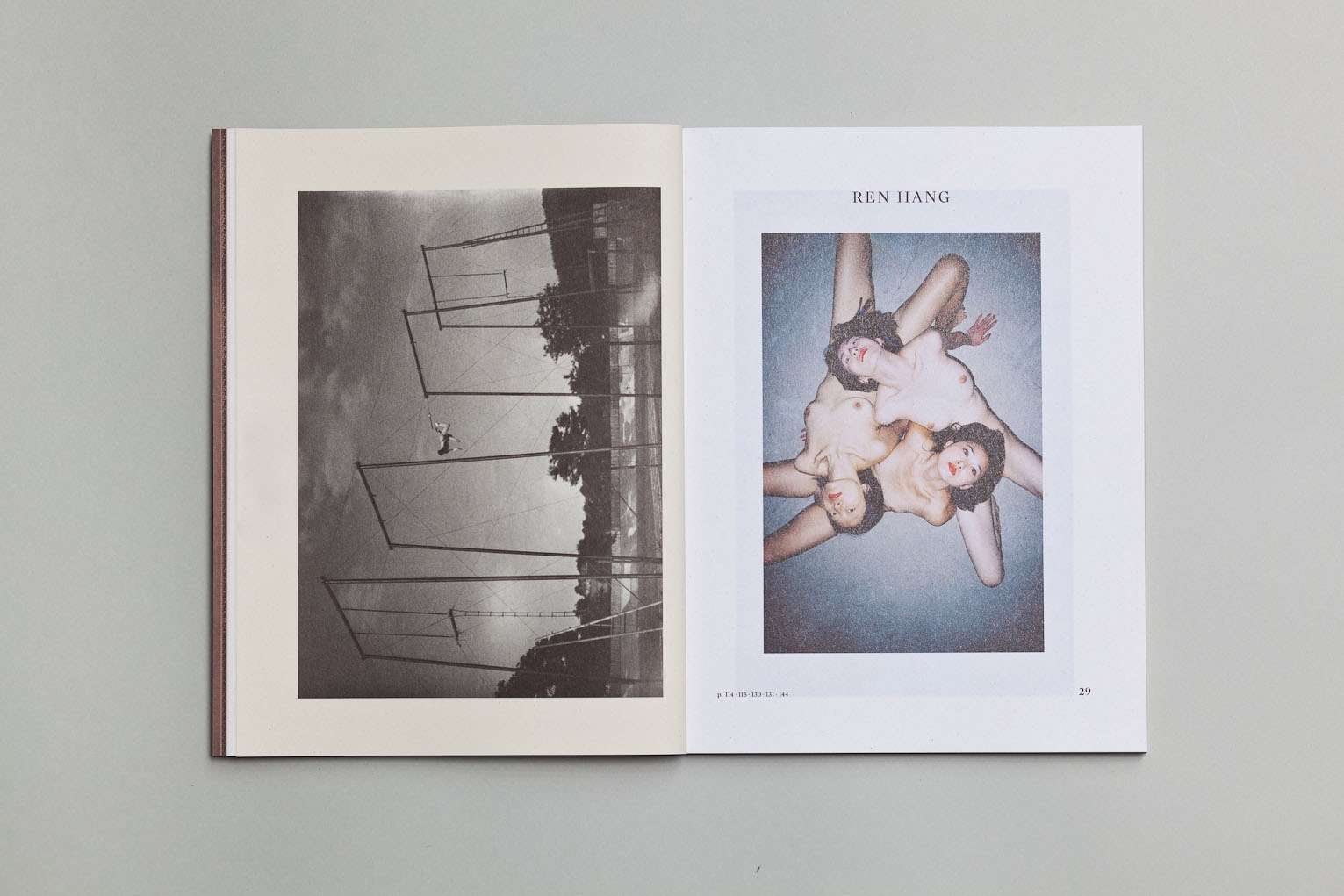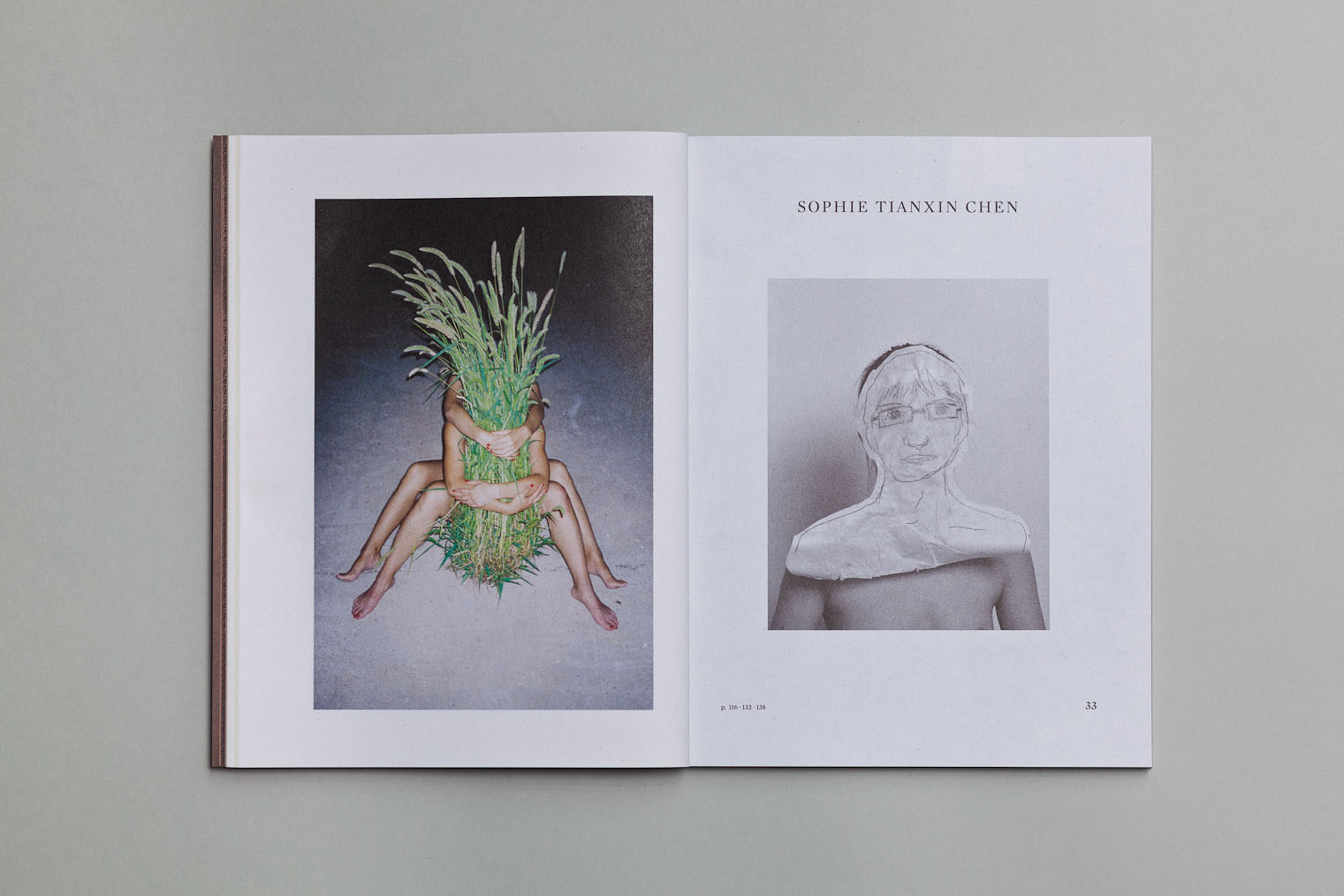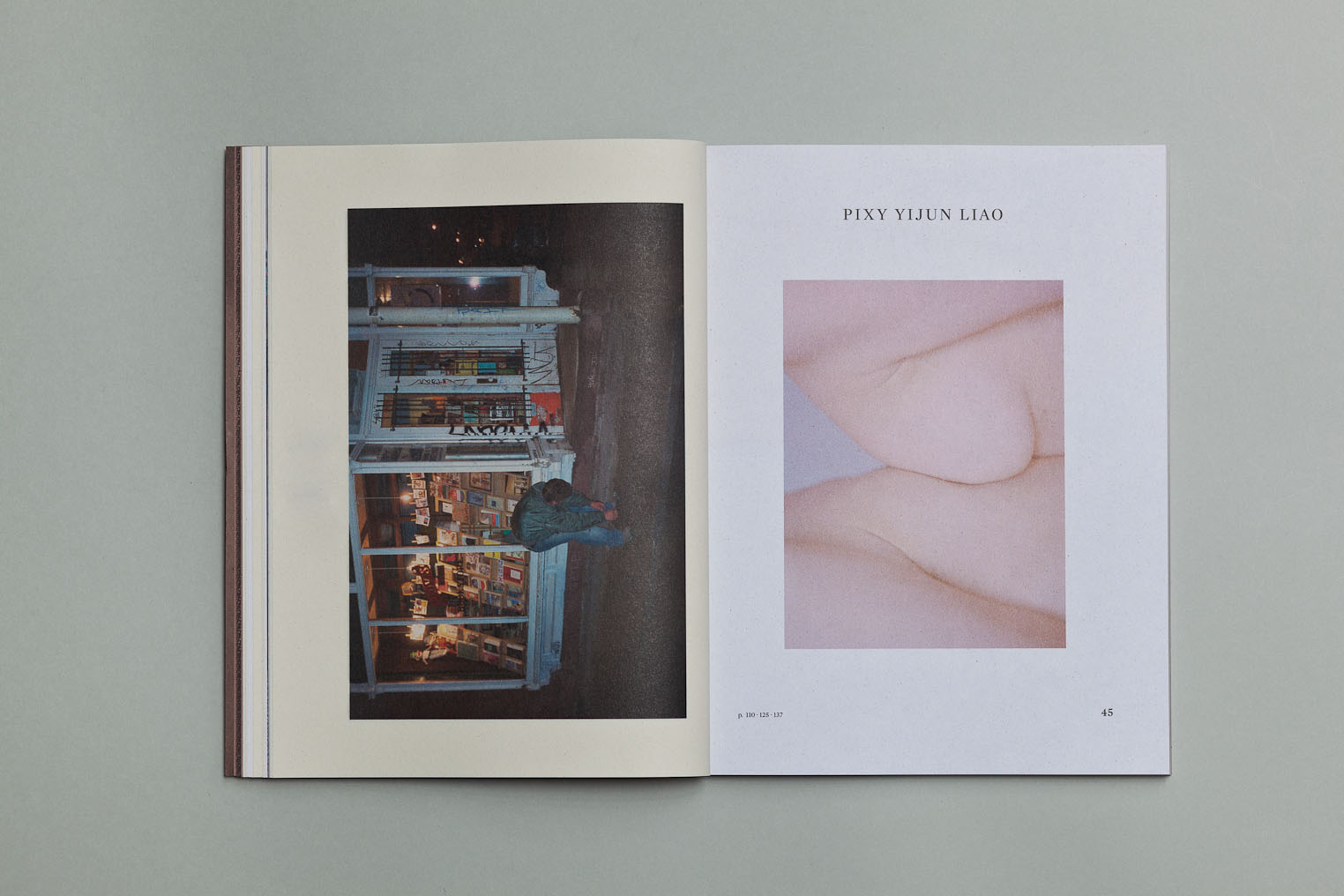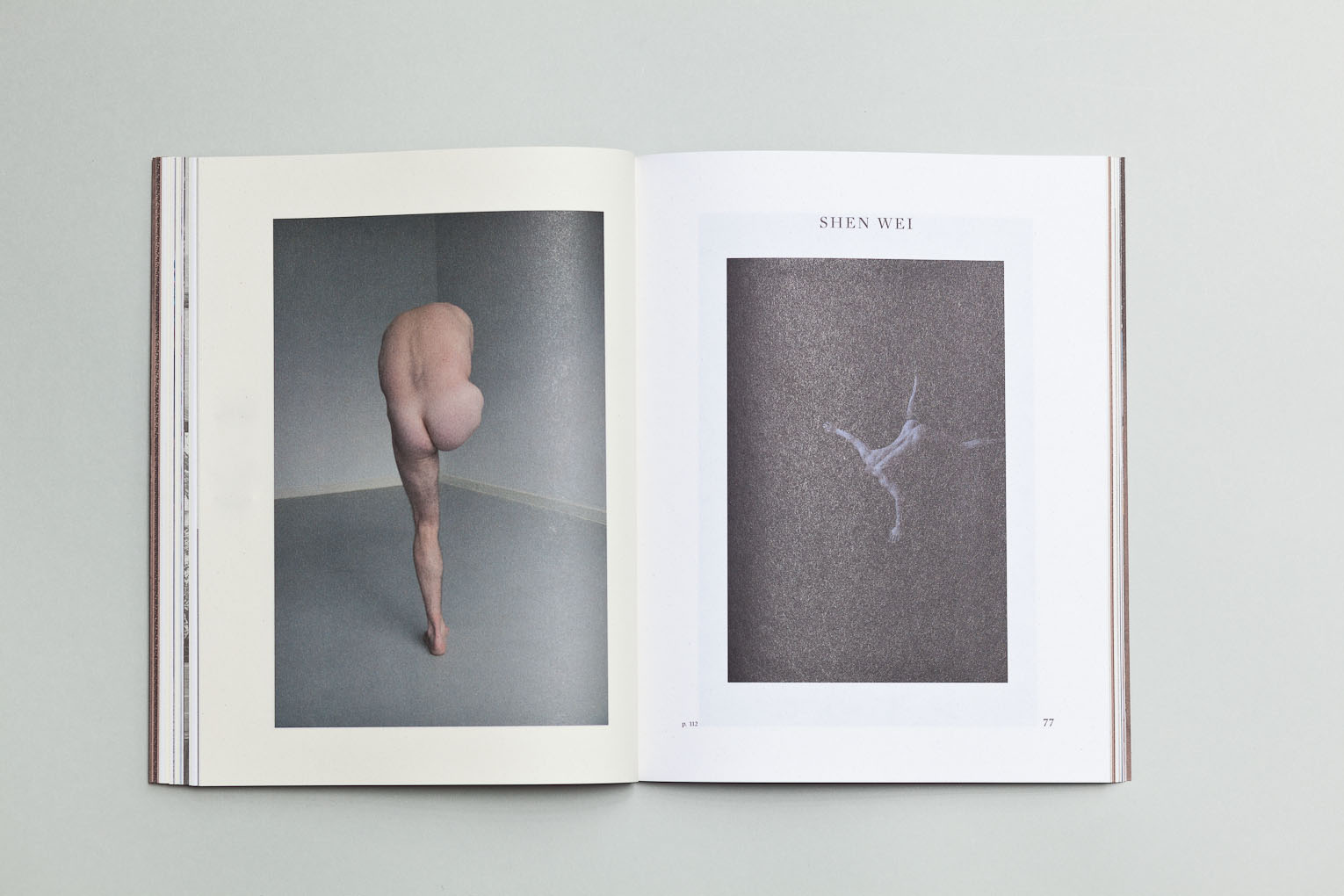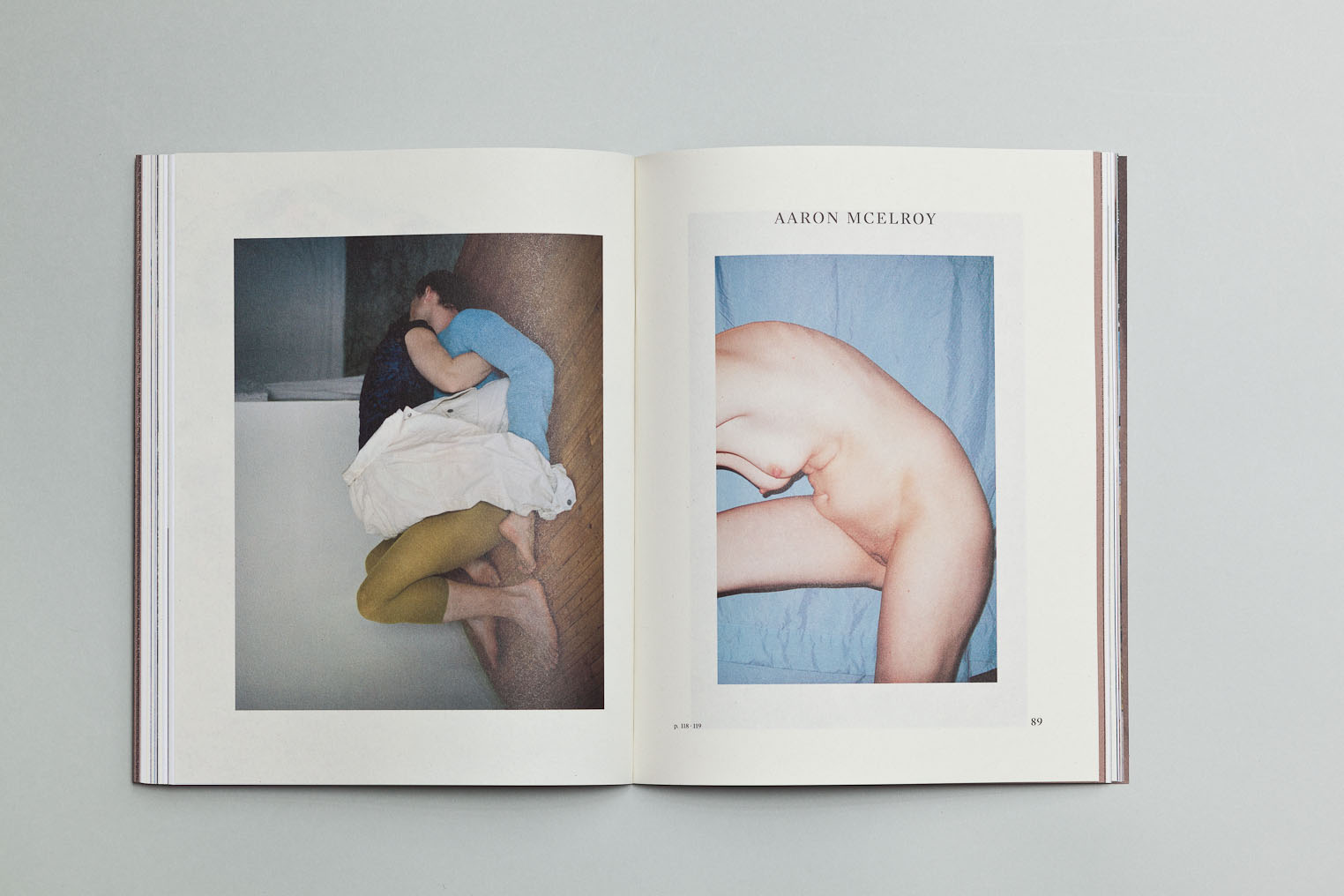Juan Stockenstroom
Artist Feature
Every week an artist is featured whose single image was published by Der Greif. The Feature shows the image in the original context of the series.
Alberto Sinigaglia - Microwave City / Cloud Series
Sep 27, 2017
I overheard the title of this project on the radio while traveling from New Mexico to Nevada. It was a ultra-catholic radio and a preacher was defining Las Vegas as a Microwave City, an ephimeral city where everything is quickly wanted-obtained-consumed, a place which by its very nature is based on the staging and the exacerbation and where it is not possible to create a clear distinction line between reality and artifice. “Microwave City” is an exploration of this territory. As part of this project the Cloud Series was inspired by a connection between Las Vegas and the Atomic Bomb: the fact that during the 50’s and 60’s one of the attraction of Las Vegas was the possibility to observe bombs’ testing from the hotels’ terraces. Tourists used to take pictures of those drammatic and powerful scenes, trasforming them into souvenirs of their leisure time. For this series I’m working with the picture collection of the Los Alamos National Laboratory, an archive of images, movies and documents which depict the first years of the atomic bomb development. Exploring this vast collection I was fascinated by the controversial beauty of the explosions and acting on them in kind of the same manner of a tourist I’ve appropriated and manipulated the images producing harmless, flufy, mysterious clouds floating in the sky. The bomb, and his iconographic power, is there but is camouflaged, the viewer can feel its presence, but it’s hidden by the mystifying power of photography. Microwave City is an ongoing project.
Artist Blog
The blog of Der Greif is written entirely by the artists who have been invited to doing an Artist-Feature. Every week, we have a different author.
Published in:
»Der Greif #10«
Yuri Ancarani
Oct 01, 2017 - Alberto Sinigaglia
Born in Ravenna in 1972, video artist and film-maker Yuri Ancarani began is carreer telling the contemporary Italy starting from his region (Fuori Stagione, Lido Adriano) and than turning his gaze to marginal human stories with the trilogy “The Malady of Iron” focused on specialized workers such as a quarry man , a couple of divers and a surgeon working with robotic technology (Il Capo, Piattaforma Luna, Da Vinci). Till the recent “The Challenge”, his first feature film, all his works are short movies. There isn’t a label to define the work of Ancarani and his pieces have been exhibithed both in galleries (the white room) and movie theatres ( the black room). Formed in the context of video art his work seems to be powered by a constant trespassing of genres. The sequences of frames, often of an ipnotic beauty, favour the staticity almost like slow ados about the visible, like stand alone images. On the other side sounds recall the videoclip world and it constitutes a fudamental aspect when watching Ancarani production.
Image : screenshot from the official trailer of “The Challenge” (2016)
Default Mode Network
Sep 29, 2017 - Alberto Sinigaglia
According to neuroscience our brain works through disributed nets and circuits, or rather nerve cells which set paths and can be concurrenlty activated during the esecution of cognitive tasks. The initials TPN (Task Positive Network) defines the neuronal circuit involved in a phase of attention but it concerns with the take-over of the actions to be done aswell the decisional stimuli.
On the other side when our brain isn’t focus on the external world and it is at wakeful rest, such as daydreaming and mind wandering status, the Default Mode Network is activated. The network activates “by default when a person is not involved in a task. it’s a introspective phase during which the individual is thinking about others, thinking about themself and planning the future completely detached from the present. Actually this phase of mental rest is deeply related with creativity and immagination.
Today we live under an abiding buzzing. Every single experience is documented, posted, shared, commented and judged. Minute after minure, second after second new images circulating on our devices, pictures that are not telling, opinions that are not saying which on the other side are inhibiting us from going in stand by mode. Let’s picture us to be in a room where everybody want to say everything at the very same time. A room where everything is important aslike everything else without gerarchy or order. A room where everything presetn itself as an imminence without rules. Our society seems to live all day long in that room. The collective default mode network seems to be jammed, leaving us with less selfconfidence, not able to look at the future and imagining it but rather with our gaze turned to the past.
We also might say that the use of the archive in photography, with its different declinations, reflects this DMN’s jamming of a more and more distracted society.
Looking at the archive it’s looking at the past. It’s the room where we find shelter
in order to reagain our certainties.
How we get out of this room depends on the modes we face and interacts with the archives both the ones form the past aswell the new ones that are constantly produced by contemporary devices. It’s necessary to identify new strategies of use and application of these materials and find new modes of crossing the archive so that the relationship with the images’ present is generative of thoughts and projects about the future.
Images from the archive of Los Alamos National Labs
Genda Magazine
Sep 28, 2017 - Alberto Sinigaglia
Genda is a magazine intersecting Western and Eastern culture. Two sets of editorial staff – one in Italy and one in China – first identify a common theme which is then elaborated through the misunderstandings and complicities at the base of every concrete exchange. Issue zero of Genda is dedicated to the concept of landscape as abandon; it is the vision of what remains at the end of a road, at the moment a path is interrupted or when an action leads to a willed for, pursued, constructed and, at times, serially planned impasse. Seemingly different and far-off worlds and cultures observe and copy one another, modifying themselves without being mutually accountable. Genda is born from a misunderstanding: it is the Western mangling of the popular Chinese Zhenda – ‘Really?’; it is also the name of the preferred flower of Hindu rites and celebrations. Genda is a container of accidental, compressed, distant yet dangerously similar material. Its symmetrical structure separates the two spheres which are then recomposed and redistributed through the binding. Clashes and confluences result from the apparent remoteness of approaching worlds. Genda is an independent and interdisciplinary object. It proves the presence of things and the existence of occurrences, it is about experience. Every edition of Genda contains proofs, manifestations of the impact of the world on the authors. The text forms part of this and thus both language and translation are considered. Genda has a title, it seeks out the conditions for triggering new questions. Its contents are apparitions; their original order is recomposed in the pages where an incidental and unexpected factor – of which the authors are aware – exists.


